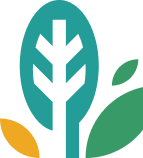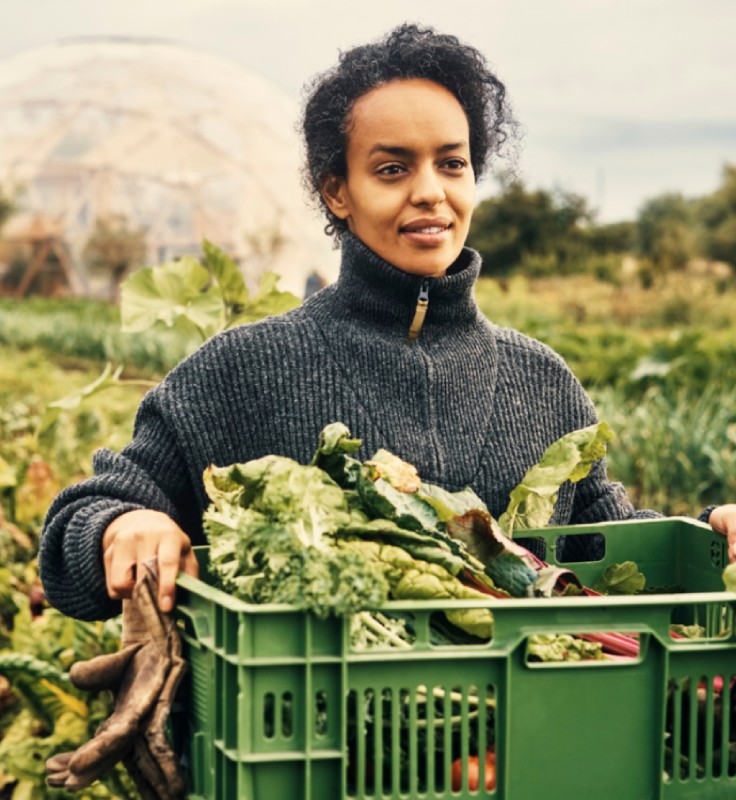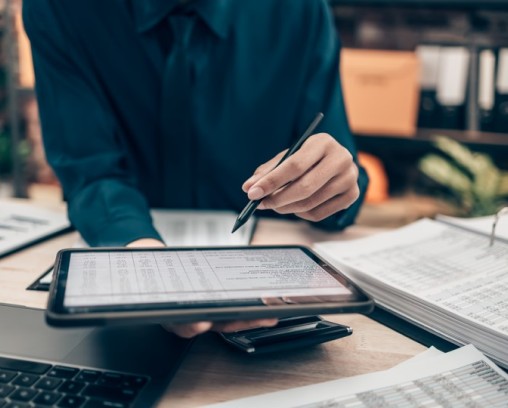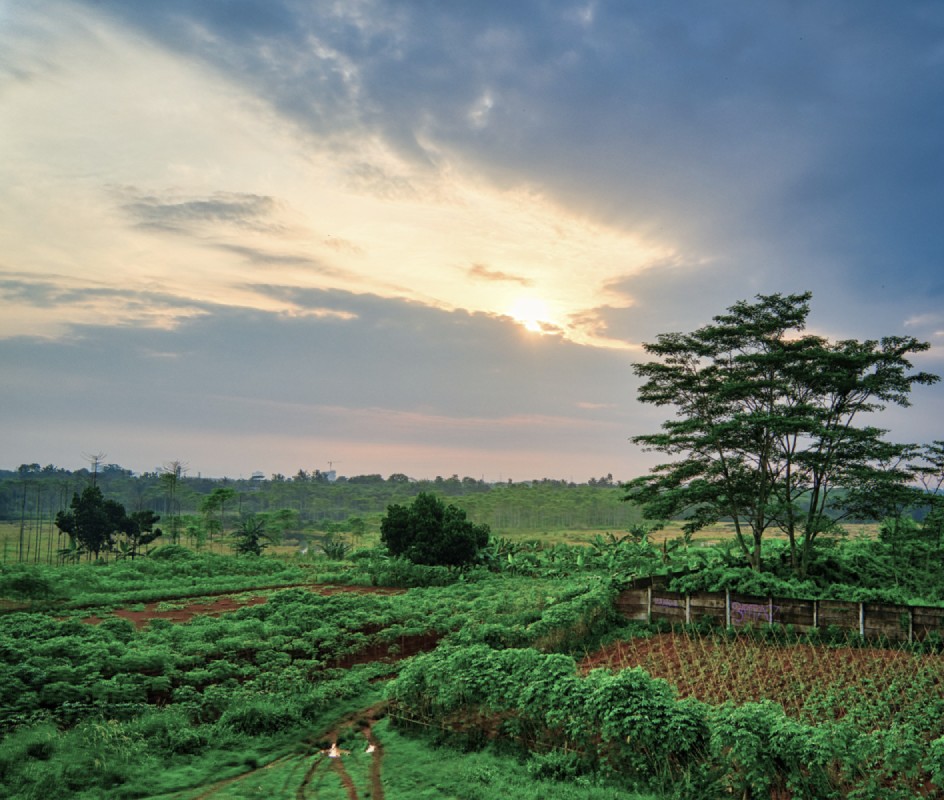
Empowering today’s agro-professionals with tomorrow’s digital and sustainable solutions.

The SMART SKILLS Digital Learning Platform is your interactive gateway to mastering sustainable, digital agriculture. Whether you're a farmer, educator, VET learner, or rural development agent, this platform offers concise, practical microlearning designed to fit around busy lives and rural realities.
Accessible, multilingual, and mobile-friendly—this platform was built with you in mind.





This platform is designed for a wide range of learners and professionals shaping the future of agriculture:
Farmers and Agro-SMEs who want to improve productivity and sustainability using SMART and digital technologies.
VET educators and trainers seeking innovative teaching methods and ready-to-use digital resources.
Agricultural students, rural development agents, and agri-professionals aiming to stay ahead in a rapidly changing sector.
By engaging with these courses, learners will be able to:
Grasp the key concepts and real-world benefits of digital farming, sustainability, and agro-tech innovation.
Apply knowledge of precision agriculture, smart irrigation, automation, and climate action
Strengthen practical and transversal skills such as problem-solving, digital literacy, and eco-leadership.
Build the confidence to become proactive changemakers within their farms, classrooms, and communities.
The SMART SKILLS platform offers flexible, practical learning designed for today’s agricultural realities:
Learn when it suits you, with short, targeted modules ideal for busy farming and teaching lives.
Gain insights from expert-created content shaped by top European leaders in agro-digital education.
Join a growing community of learners across Europe to exchange ideas and support.
Earn a certificate by scoring over 50% in the quizzes—proof of your commitment to smart, sustainable farming.
Help drive a climate-smart future by applying new knowledge that benefits your land, livelihood, and community.
A device that performs physical actions based on controller signals, like opening a water valve or switching on a fan.
A device that takes physical action (e.g., opens a valve, turns on irrigation) based on sensor data or automated logic.
Combining trees and shrubs with crop or livestock farming on the same land.
A system that combines agricultural crops and solar energy production in the same area, making the best use of space.
Artificial intelligence algorithms that analyse data (climate, soil) to automatically improve irrigation.
A set of rules for connecting and exchanging data between software systems.
Technology that simulates human intelligence to solve problems, recognize patterns, and automate decisions.
Systems that automatically control plant irrigation based on sensors and schedules.
Use of automatic systems (e.g. control units or apps) to manage irrigation without direct human intervention.
The use of technology to perform farming tasks without direct human intervention, such as irrigation, feeding, or monitoring systems.
A machine capable of operating in the field (planting, weeding, harvesting) without direct human control.
A set of large amounts of data that are analysed (e.g. with artificial intelligence) to improve agricultural decisions.
Created when plant waste, liquid manure and organic residues are digested via an anaerobic fermentation process and converted into a gas that can be used to produce electricity or heat.
Organic material (e.g. agricultural waste, wood, straw) that can be converted into thermal and electrical energy.
The process of adjusting sensors and devices to ensure accurate measurements. It must be done periodically.
A sensor that detects soil moisture by analysing how its electrical capacity changes.
The process of capturing and storing carbon dioxide in soil or plant biomass.
Changes in the climate over time, such as increased temperatures or irregular rainfall, which affect agriculture.
Crop varieties bred to withstand drought, heat, or other climate change impacts.
Farming that increases productivity, resilience to climate change, and reduces greenhouse gas emissions.
Using remote servers via the internet for data storage, processing, and software services.
An online platform that gathers farm data and allows remote management via smartphone or computer.
The process of turning organic waste into fertilizer that enriches soil.
AI technology for interpreting and analyzing visual data (photos, videos).
Connection problems, often caused by a weak Wi-Fi signal or network interruptions.
An integrated set of devices (sensors, controllers, and actuators) that manage agricultural processes automatically.
A device or software that processes sensor data and controls actuators to automate processes.
Growing plants (like clover or buckwheat) between main crops to protect and enrich soil.
Crops protected by greenhouses or tunnels, where growth conditions can be precisely controlled.
Changing crops grown in a field across seasons to improve soil fertility and reduce pests.
Combining data from different sources for more comprehensive analysis and decision-making.
A device that records sensor data for later retrieval and analysis.
A sequence of steps for collecting, cleaning, and transforming data for use or storage.
Protection of data from unauthorized access and misuse.
Graphically representing data to make trends, patterns, and outliers understandable.
A structured collection of data, which can be relational (tables) or non-relational (NoSQL, time series, etc.).
A type of machine learning using neural networks with many layers, excelling at recognizing complex patterns.
The practice of intentionally providing less water during certain growth stages to save water.
Instrument that injects liquid fertilisers in a controlled manner into the irrigation system. Often used in more sophisticated systems.
A system that slowly releases water directly to the roots of the plants, drop by drop, to avoid waste.
An unmanned aerial vehicle used for remote sensing, mapping, and monitoring in agriculture.
Crops that are able to grow with little water.
Processing data locally on devices (not in the cloud), enabling real-time response and reduced network load.
Indicates the quantity of salts dissolved in the water or soil; a value that is too high can damage the plants.
The ability to produce the necessary energy by yourself, without depending on the electricity grid or fuel.
Involves the use of advanced platforms that integrate data on energy consumption, weather forecasts, and energy demand to optimize equipment use.
When smart energy meters are used to measure consumption in real-time, providing data to manage usage more effectively
Batteries that enable the storage of surplus solar energy, allowing for a constant supply of energy regardless of the weather conditions or time of day.
Loss of water in the form of vapour into the air, often before it can be absorbed by plants. Photovoltaic panels can reduce it providing shade.
Digital tools for planning, monitoring, and analyzing all aspects of farm operations.
A technique that combines irrigation and fertilisation: fertilisers are administered through the irrigation water.
A robot designed for specific field tasks (seeding, weeding, harvesting).
Ideal for long-term energy storage, they are highly scalable and can be recharged multiple times without losing capacity. They are particularly useful on farms with highly variable energy production and consumption.
Economic aid (e.g. from European funds) to encourage the use of renewable energy in agriculture.
Computer system that manages and analyses geographic data, such as maps of nutrients in the fields.
Plowing under leguminous or other plants to improve soil organic matter and nitrogen content.
Amount of calcium and magnesium present in the water. It can influence the effectiveness of dissolved fertilisers.
Those where a renewable energy source is linked to another renewable energy source, to energy storage batteries or to the power grid to ensure 24/7 energy stability.
Efficient use of water for irrigation, avoiding waste and providing only the necessary amount.
Use Hydrogen as an energy storage medium, as it enables the storage of renewable energy surpluses and their use as fuel for machinery.
Dividing an image into meaningful regions, often to distinguish crops, weeds, or disease.
Water management, often due to errors in sensor data or system programming.
Materials (such as rock wool or perlite) used instead of soil in greenhouse cultivation, lacking in nutrients but suitable for fertigation.
Device that uses the Venturi effect to suck up and mix fertilisers with the irrigation water. It doesn't require electricity.
Depth at which a sensor is installed in the soil, important for obtaining correct measurements.
Automated machinery that sprays fertilisers or pesticides in a targeted and controlled manner.
Crops requiring high inputs (e.g., labor, fertilizers, water ) with high productivity.
Network of devices (such as sensors and control units) connected to the Internet that collect and exchange data to automate processes, such as irrigation.
The most developed technology used in energy storage. They are characterised by high energy density, long service life and high efficiency. They are frequently used to store surplus energy from PV systems and wind farms.
A field of AI where computers learn from data to make predictions or decisions.
Essential nutrients that plants absorb in large quantities: nitrogen (N), phosphorus (P), potassium (K), calcium (Ca), magnesium (Mg), sulphur (S).
Subdivided areas in a field managed differently based on spatial variability.
Local atmospheric conditions differing from the general climate, important for precise farm decisions.
Covering soil with organic or inorganic material to retain moisture and suppress weeds.
Low. power network technology used to connect IoT devices even in areas with weak signals.
Creating digital maps that show where in the field there are nutrient deficiencies or excesses, using technologies such as GPS, drones and sensors.
A liquid solution containing dissolved fertilisers, administered through irrigation. It can be adapted to the different growth phases of the plants.
An AI technique for identifying and locating specific objects in images or video.
A structured vocabulary and relationships used for consistent data description and integration.
Data that is freely available for anyone to use and share without restrictions.
Part of the soil derived from the decomposition of plants and animals, useful for retaining nutrients and improving fertility.
Applying too much or too little fertiliser, with negative effects on yield, plant health and the ecosystem.
Measurement of acidity or alkalinity. A correct pH is essential for optimal absorption of nutrients by the plants.
A system made up of panels that sunlight into electricity.
Are specific Solar panels that convert sunlight into electricity.
An industrial computer used to automate specific processes on a farm, such as watering, ventilation, or feeding.
A management strategy using data and technology for optimizing input use and maximizing yields.
A data-driven approach to managing agricultural production, aimed at optimizing resources and improving yield.
High-resolution spatial mapping for targeted management and analysis of fields.
Using data and statistical methods (often AI) to predict future outcomes such as yield or disease risk.
Difficulty in storing excess energy for use there is no sun. Batteries are needed, which can be expensive.
Continuous and immediate monitoring of data (e.g. humidity, weather) to regulate irrigation in real time.
AI-based system that provides targeted suggestions (e.g., when to irrigate, fertilize, spray).
Collecting information about crops and fields from a distance, usually via satellites or drones.
Energy from naturally replenishing sources, like solar, wind, or biogas.
Agriculture that can adapt to and mitigate extreme climate conditions.
Sensor that measures how much the soil conducts electricity, a factor linked to the amount of water present.
Phenomenon whereby parasites and weeds become less sensitive to chemical treatments due to excessive use.
The application of robots to automate physical farm tasks such as harvesting, feeding animals, or weeding.
A system that monitors and controls agricultural processes in real time, allowing remote data access
The ability of a system or process to handle increasing amounts of work or data.
A device that collects environmental data, such as soil moisture, temperature, or animal health indicators.
Plants that grow better in partial light, favoured by the protection of solar panels.
Precise application of fertilizers in the right amount, time, and location.
A greenhouse with automated climate, irrigation, and lighting management using sensors and AI.
Intelligent irrigation that uses technology to supply water to crops only when needed, reducing waste.
Testing the soil to find out the nutrient levels and determine how much fertiliser to use.
A measurement that reflects soil properties (moisture, salinity, texture) using electrical conductivity.
Sensors that measure the level of humidity in the soil, helping to decide when to irrigate.
Measurement of the acidity or alkalinity of the soil. It influences how well the plants can absorb nutrients.
Devices that use solar radiation to heat water
Energy produced by the sun and converted into electricity by photovoltaic panels. Can be used to irrigate fields without fossil fuel energy.
Device that uses solar energy to pump water from wells or reservoirs to cultivated fields
Irrigation method in which water is sprayed in the form of small drops—similar to rain—using special sprinklers.
Irrigation pumps: submerged pumps are immersed in water (e.g. deep wells), surface pumps are used when the water is nearby.
Excess water that flows over the surface of the soil without being absorbed, causing waste.
An agricultural approach that balances productivity with environmental care, animal welfare, and reduced waste.
Development that meets the needs of the present without compromising the resources for future generations, with attention to the environment.
Precise use of fertilisers, herbicides and pesticides only where and when needed, to reduce costs and environmental impact.
Remote monitoring and management of vehicles and machinery using data transmission.
A non-electronic instrument that measures how ‘hard’ it is for water to move in the soil (water tension).
Use heat accumulators, in the form of water or molten salt tanks, to allow the storage of energy for heating.
The initial expense to purchase and install the system, often high but with long-term savings.
Technique that applies fertilisers in different quantities according to the specific needs of each area of the field.
A value (e.g., NDVI, EVI) calculated from spectral data to assess plant health.
Physical phenomenon in which a moving fluid creates a vacuum that ‘sucks in’ another liquid (e.g. the fertiliser solution).
The difference between water input and output in a system (e.g., soil, farm).
Monitoring the amount of water used, to save and optimise costs.
A sensor worn by animals (e.g., on a collar or ear tag) to monitor their health, activity, or reproductive cycle.
The amount of energy produced depends on the sun, wind or rain, so it is not always stable
A device for measuring weather conditions (temperature, humidity, rainfall, wind, etc.) on the farm.
Technologies for transmitting data from IoT devices over short or long distances.
The quantity of agricultural produce harvested from a field.
Mapping spatial variability in crop yield using GPS and combine sensors.